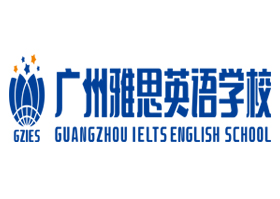在雅思写作小作文考试中,经常会涉及到饼图,饼图对于考生来说有一定难度,很多考生不知道如何分析数据,从中展示的信息又该如何表达出来。今天小编为大家准备的是雅思写作考试小作文范文-饼图,我们来看看下面这道题该怎么解。
The pie charts show the class size in primary (elementary) schools in four states in Australia in 2010.
本题属于静态多饼图。考生在处理该类图形时务必多观察内容之间的关联和对比性。虽然饼图数目比较多,且每个饼图内的成分也较多,但是一定要沉着冷静,多对比,突出图形的主要特征。此外,本题的语句表述也比较复杂,在写句子时务必需要搞清楚百分比和班级规模之间的关系。(百分比指的是百分之多少的小学的班级规模是多少)
参考范文:
The pie charts compare the number of pupils in elementary schools in four states of Australia in the year 2010.
It is clear to see that there were 21-25 students having a class in most primary schools ( 51%) in Australian Capital Territory, and the second common class size was 20 students or fewer per class, accounting for 38%. The same situation occurred in Western Australia, and New South Wales whose major elementary school’s class size was 21-25 students per class, taking up 42% and 37% respectively.
On the contrary, 35% of primary schools in South Australia arranged 20 students or fewer in one class, and its figure exceeded the proportion of class size with 21-25 students (33%). In this state, 26-30 students attended classes together in 28% of primary schools, which was almost matched by that in Western Australia; while only 10% of schools in Australian Capital Territory was with that class size. In contrast, it was another general size in New South Wales, with 33%.
Overall, it can be seen that the fewest primary schools in four states had the class size of 30 students or more. However, most of them enrolled 21-25 students in every class
以上是小编为大家带来的“雅思写作考试小作文范文-饼图”相关内容,希望对大家备考雅思写作有一定的帮助,结合有效的练习和日常的积累能顺利在雅思写作考试中拿到一个满意的成绩。
广州雅思英语学校成立于1999年,现任校长是有中国雅思“教父”之称的中国社会科学院博士、中国雅思教育开拓者,资深留学教育专家万昌明博士。广州雅思英语学校是国内最早的专业雅思学校之一,也是英语IELTS考试中文“雅思”命名的首创者之一。十九年来, 广州雅思英语学校秉承“教育以学生为本,以质量为先”办学宗旨,坚持“知识、激情、励志”的教学理念,发展成为华南乃至中国最大的雅思学校之一。



